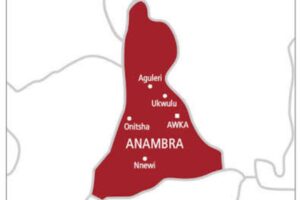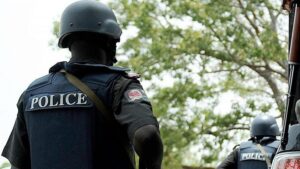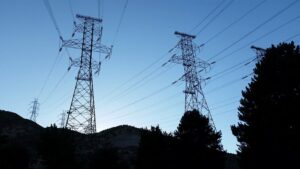Undersea Cable Cut: Mainone declares force majeure, moves to restore internet connection
A Digital Infrastructure Service Provider, Mainone, on Friday declared a force majeure, and explained steps taken to restore internet connection to service providers.
Mainone said in a statement on its website that it became necessary to declare a force majeure subsequent to testing of its cable system.
It said that data from the preliminary assessment of the cable system indicated some underwater activity was the likely cause of disruptions to the system.
It said that commercial contracts typically included such a force majeure clause which enabled service providers to suspend contractual obligations for the duration of such disruptions.
A force majeure is an unforeseeable circumstance that prevents someone from fulfilling a contract.
The unforeseen circumstances maybe natural disasters (fire, storms, floods), or governmental or societal actions (war, invasion, civil unrest, labour strikes), or infrastructure failures (transportation, energy).
Telecommunications companies and banks in Nigeria were on Thursday hit by an internet outage as a result of damage to international undersea cables supplying them connectivity.
According to the Nigerian Communication Commission, the damage affects major undersea cables near Abidjan in Côte d’Ivoire and is causing downtime across West and South African countries.
The NCC said that the cuts happened somewhere in Cote d’Ivoire and Senegal, with an attendant disruption in Portugal.
It said that cable companies – West African Cable System and African Coast to Europe in the West Coast route from Europe – had experienced faults, while SAT3 and MainOne had downtime.
The regulatory body added that similar undersea cables providing traffic from Europe to the East Coast of Africa, such as Seacom, Europe India Gateway, Asia-Africa-Europe 1 were said to have been cut at some point around the Red Sea.
This, it said, resulted in degradation of services across these routes.
Mainone said that nonetheless, it was working to restore services to as many of its customers as possible and to complete the repairs to the cable system in record time.
“We believe it is important to inform our customers of the fault details given the magnitude of the situation to set expectations and make contingency arrangements while the repairs are ongoing. We experienced a fault on the MainOne network, preliminary findings and further investigations revealed that the fault occurred due to an external incident.
”That external incident resulted in a cut on our submarine cable system in the Atlantic Ocean offshore Cote D’Ivoire, along the coast of West Africa.
“However, we have a maintenance agreement with Atlantic Cable Maintenance and Repair Agreement to provide repair services for the submarine cable,’’ the statement said.
According to the telecom service provider, the steps to be taken include first identifying and assigning a vessel to retrieve the necessary spares required for repair, and then sailing to the fault location to conduct the repair work.
It said that the next step to complete the repair involved the affected section of the submarine cable being pulled from the seabed onto the ship where it would be spliced by skilled technicians.
Mainone said that post repair, joints would be inspected and tested for any defects and then the submarine cable lowered back to the seabed and guided to a good position.
According to the statement, the repair process may take one week to two weeks, and about two weeks to three weeks transit time required for the vessel to pick up the spares and travel from Europe to West Africa, once the vessel is













Post Comment